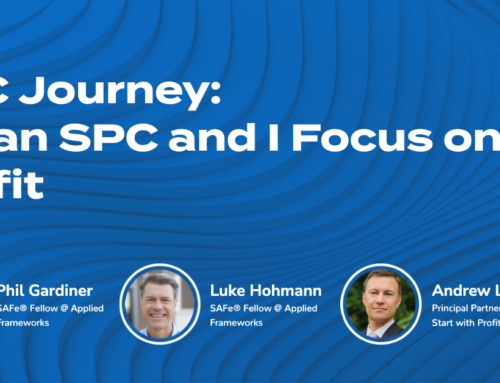A properly used ROAM Board (Resolved – Owned – Accepted – Mitigated) can perform a vital role in PI Planning by identifying the risks to reaching the team’s objectives. But what happens when the ROAM fails?
In this recent RTE keynote presentation, The Fall and Rise of ROAM, Applied Frameworks SAFe practice leader Phil Gardiner discusses common challenges when using ROAM Boards as well as best practices and examples in the real world.
Why a ROAM Fails
- We run out of time during PI Planning and the risks are not handled by the ART as a whole
- Everything is a Program risk, so we do not know which risks really matter
- We lose sight of who took ownership, and no one follows up
- Risks are assigned, often to one person who may not even be there, or to the same person such as the RTE
- The same risks come up every PI and we lose sight of how long something has been “hanging over us”
- Risks are no longer raised (People have lost faith, “why bother?”)
How You Can Improve the Chances of ROAM Success
- Make risks visible
- Prioritize risks
- Use a pull-based system
- Discuss Risks during the ART Sync
- Look at aging
- Demo Risks that are done
- Use Program, Solution and Portfolio ROAM Kanban boards
To put all this in context, please watch the video below or download the Fall and Rise of ROAM presentation.
If you are interested in an online ROAM board, please check out the PI Planning app.






